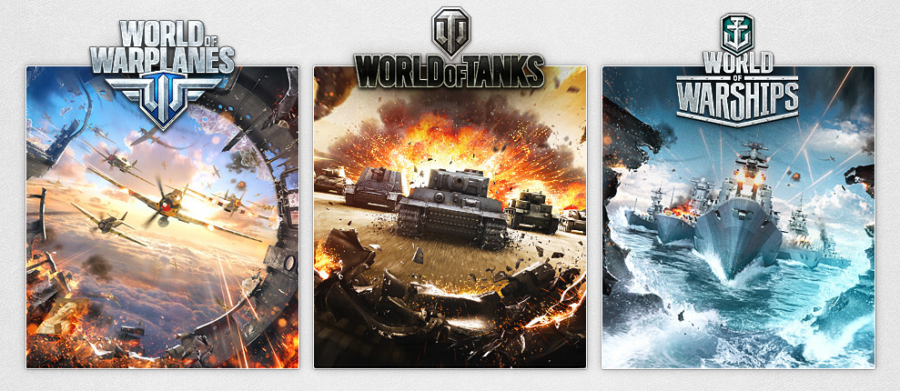
It may be in the entertainment domain but Wargaming’s data analytics operations are as humongous as that of any Fortune 500 company. Wargaming is a leader in the free-to-play Massively Multiplayer Online (MMO) game market across all gaming platforms – PC, console and mobile.
Just to get a grasp of the enormity of its operations here are some figures:
- It has a user base of 150 million & counting
- Three of its mainline games – World of Tanks, World of Tanks Blitz and World of Warships – together generate 550 million ‘events’ a day
- Every game consists of over 15 different main data sources (battle, session, account, logs)
- Players are located in different time zones across Europe, North America, CIS and Asia
- Its team has to process over 3TB of raw data daily
- Number of employees: Over 4000 in 15 worldwide offices
Business Play
Wargaming, a pioneer in the ‘free-to-play’ concept of games in the West, provides high quality games for free, but makes money from upselling items within the game itself. Its first blockbuster was ‘World of Tanks’, launched in 2010, and that placed the company on the global gaming map. This first ‘epic’ game was followed by a suite of other games, chiefly involving aircraft and warships.
About 80% of the over 150 million users play the games for free. An important focus for Wargaming has always been to increase the player experience and Lifetime value (LTV). The company’s primary way of generating revenue is by offering products from their online premium shop to their gamers. For this, Wargaming has started using personalized communication and recommendation mode in real time interaction with the players. Compared with the earlier non-personalized way, this new way of doing business was measured to be more effective across their business.
Solution implemented
As its data analytics needs grew stronger, so also for real time player communications, the challenge before Wargaming was to find a suitable solution. It decided to invest in a Data Analytics platform to optimize business and player experience, for which it chose a combination of Cloudera Hadoop for the ‘Data Reservoir’ and the traditional Oracle RDBMS to store summarized information for data marts and KPI reporting.
Once implemented, Wargaming started using data analytics in two distinct but connected ways:
The first was the historical management reporting and game analytics. This is similar to traditional data warehouse/business intelligence approaches but had been designed to cope with extreme amounts of data being stored (i.e. every shot fired in a game).
The second was the real time recommendation and communication system that allows Wargaming to communicate with players within seconds of them finishing a battle.
Terrific Results
To its credit, Wargaming did what not many in the business world, let alone the gaming sector had even done.
- Wargaming was able to successfully deploy personalized communications and recommendations model in real time with players to increase LTV compared to those players who weren’t contacted at all. This campaign effectiveness was measured at 5-10% across their business when compared to non-personalized interactions. May seem small but even that amount of increase meant millions of dollars more in revenue.
- Using a machine learning approach enabled the company to increase the number of campaigns being run simultaneously by 10 times as it minimized the need for a marketing expert to manually design targeted campaigns.
